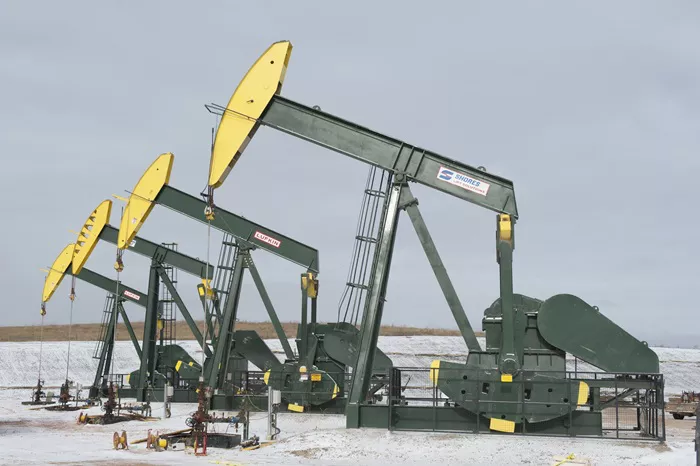A recent Dallas Fed Energy Survey highlights significant hurdles U.S. oil drillers encounter while attempting to electrify their operations. Costs and access to the grid rank as the primary obstacles for companies in Texas, northern Louisiana, and southern New Mexico.
More than half of exploration and production (E&P) firms in these regions have either transitioned to electric systems or plan to do so in part or fully. However, service firms are less likely to electrify compared to their larger and smaller E&P counterparts.
Despite the benefits of electrification—such as reduced diesel consumption and emissions, as well as decreased noise and pollution—challenges persist. The survey indicates that access to the grid, grid stability, and high electrification costs are key concerns for operators aiming to fully electrify their oilfield operations.
Currently, 18% of executives report that their oilfield operations are fully electrified, while 6% aim for complete electrification. An additional 31% plan to partially electrify, leaving 45% without any plans to transition.
Interestingly, smaller E&P firms—producing fewer than 10,000 barrels of crude oil per day—have electrified operations at a higher rate than larger firms and service companies. Specifically, 28% of small firms are fully electrified, compared to just 9% of service firms and 6% of larger E&P firms. Service companies are also more likely than their E&P counterparts to indicate they do not intend to electrify.
Among companies focusing on electrification, 29% of Permian Basin executives cite uncertainty about future grid access as their main challenge, followed by 17% concerned about grid stability. In contrast, firms outside the Permian cite costs (30%) and equipment lead times (26%) as their top hurdles.
For the 48% of executives not pursuing electrification, the primary concern is cost, followed by worries regarding grid access and stability. Executives from service firms have noted that while their rigs can operate on grid power, the regulatory and logistical challenges of connecting to the grid are substantial.
One executive emphasized the need for a clear financial incentive, stating, “To add the additional costs to electrify equipment, the returns have to be there through higher prices or reduced costs. That is not the case in our segment.” Another noted the rapid mobility of operations makes the installation of electrical infrastructure challenging.
Research from Rystad Energy indicates that electrification can potentially reduce emissions from production facilities by up to 86% by utilizing renewable energy or natural gas that would otherwise be flared. Even partial electrification can lead to significant emissions reductions.
“As the world confronts the pressing issue of climate change, the oil and gas industry is under increasing pressure to minimize its carbon footprint and align its practices with global sustainability objectives,” stated Palzor Shenga, vice president of upstream research at Rystad Energy. He added that when feasible, electrification offers substantial potential for reducing emissions while maintaining production levels.
Related topic:

